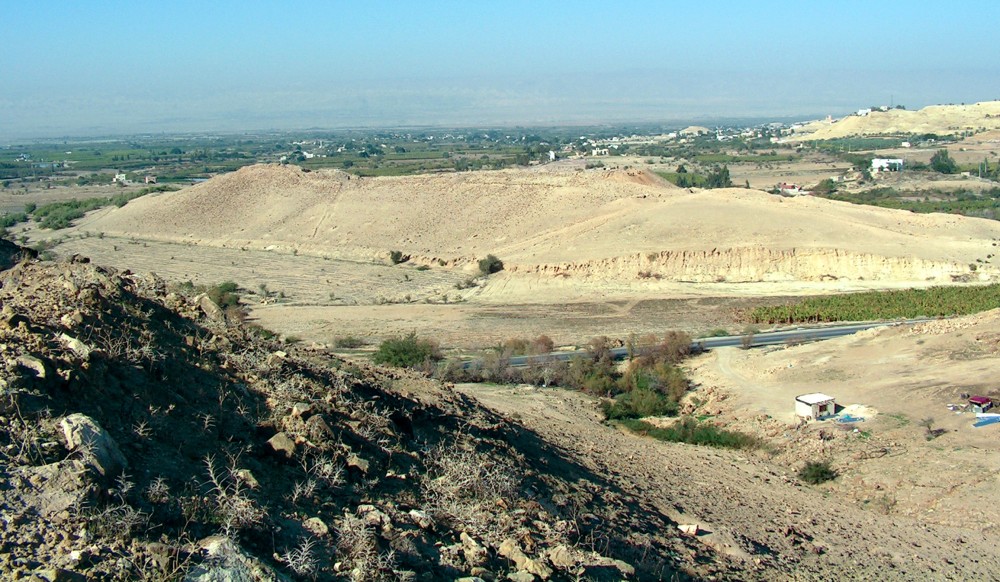The scientific meltdown over a controversial claim about ‘biblical Sodom’

What everyone agrees on is that something unusual happened at Tall el-Hammam, an ancient settlement near the Dead Sea.
In a layer of ancient earth, archaeologists claim to have found evidence of an apocalyptic event: Melted rooftops. Disintegrated pottery. Unusual patterns in the rock formations that can be associated with intense heat. For another three to six centuries after 1650 BC, the settlement’s 100 acres lay fallow.
But when Steven Collins, the principal archaeologist at Tall el-Hammam, considered the scientists’ evidence in a Nature article last year, he claimed that the incineration matched with the place and timing of the biblical account of Sodom and Gomorrah. And he brought down on himself what in academic circles might be called hellfire.





